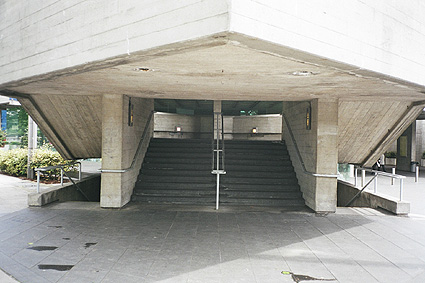
"A perfect place"
"A perfect place" is a research into three different models of architecture, city planning and urbanism that appeared in England in the last century. It is a subjective insight in different utopian models of ideal cities and related ideologies.
In 1902 Ebenezer Howard published his "Garden City of To-morrow" with famous drawing of three magnets that explained his ideas and vision. Letcworth is the very first example of new model for the city: a Garden City. It was a result of utopian aim and vision to build alternative community. Garden City was a "building bloc in the progressive reconstruction of society as a whole". The garden city movement was against state ruled society and capitalistic production; they rather supported a network of communities and cooperation within desire to replace mass production.
New estetic program of "brutalism" (South Bank, London) is an utopian model and visions of modernism. Concrete city is a paradigm of architecture as subjective artistic expresion. The genious visions that comes before the needs of the human beings who have to use them or as Le Corbosier puts it: "A house is a machine for living."
Milton Keynes is the largest town of 32 new
built towns in Britain since 1946, officialy designated 1967. It is an
English version of American freeway-linked city (Los Angeles) with a clear
message (as you can read it from the local commercial announcement): "no
more neighbourhoods, just a city with a wide range of oportunities...
each citizen can select his ideal life style.."
Milton Keynes is a grid city with devided sectors of working and living.
It is drive-in city and pedestrians have no priority. City centre is turned
into controlled shopping moul, mirroring an aestetic of idea consumer
society (first american stile shopping moul in Europe) and social life
is reduced to consumption.